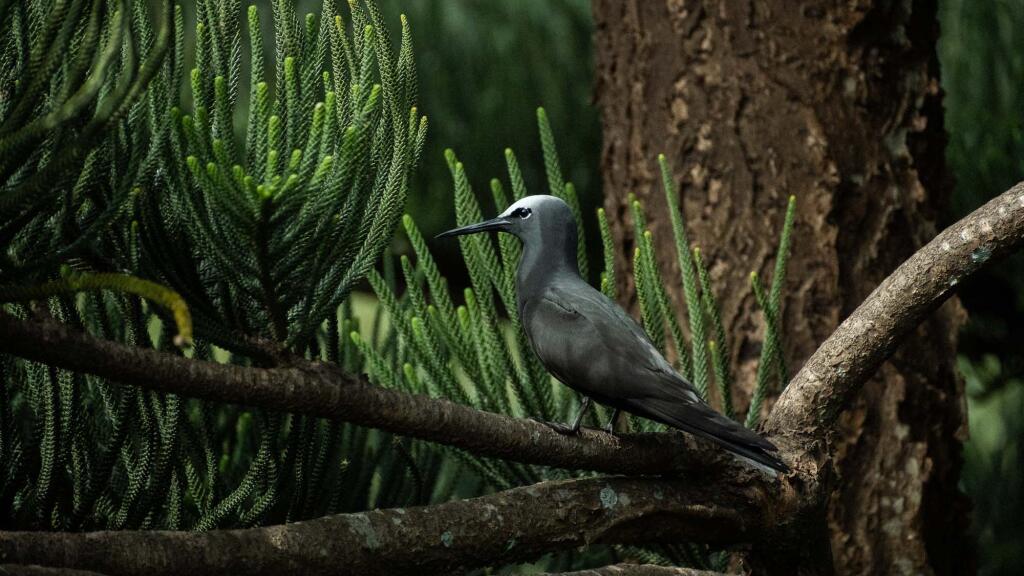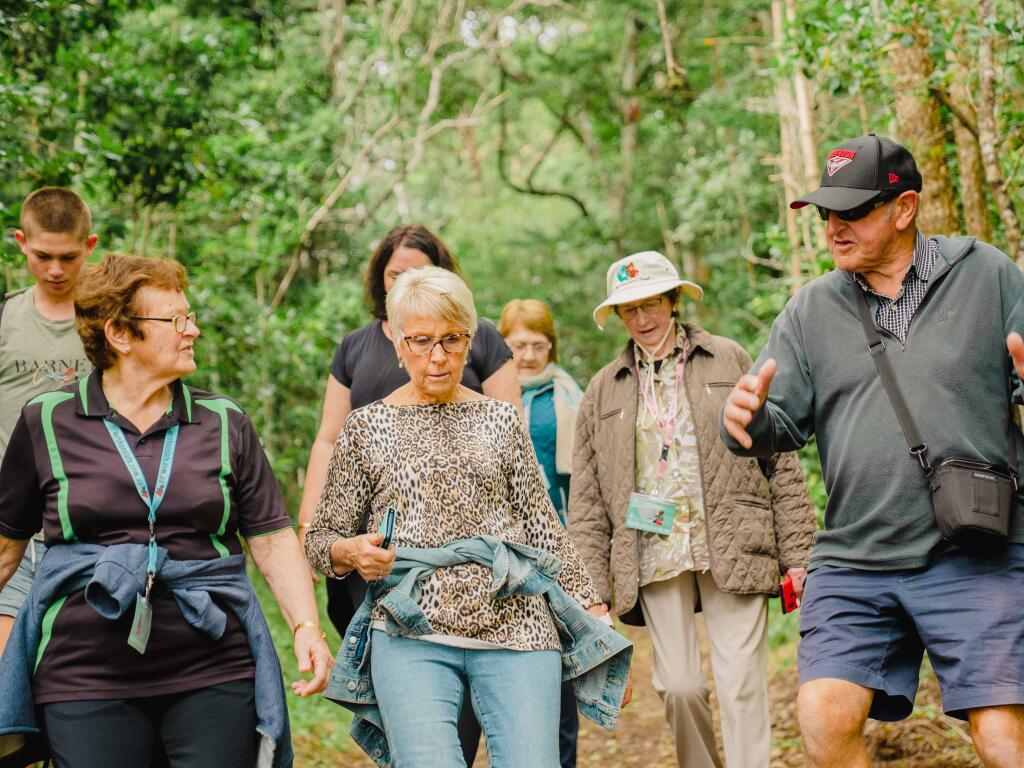Norfolk Island's Plants & Animals

Wherever you go on Norfolk Island you are surrounded by a rich natural environment unlike what you may be used to in city or suburban settings. The island is home to some interesting plant life and is renowned for its bird population and livestock. There are no creepy crawlies, no snakes, fruit flies or sand flies. The cows and horses are descended from generations of beasts which roam the island uninterrupted, except for their annual drenching and vet inspection. For the remainder of the year they are left to wander the island and are protected from traffic with laws giving them right of way. There are also a huge number of native and exotic bird species found all over the island including White Terns, Sooty Terns, Shearwaters, Kingfishers, Crimson Rosellas, White-faced Herons, Australian Kestrals, Hummingbirds, Swallows, Fantails, Emerald Doves, Quails, Green Parrots and more.
Birds
The graceful White Terns are known on Norfolk as 'Fairy Terns' and are completely snow white except for their black feet, eyes and bills. They also have translucent wings and leave the island in May for several months at sea. However from August 1st, the valley between Bumboras and Shearwater villas is ablaze with these birds as mating season begins. Sooty Terns are less abundant and are mostly found on the offshore islands but return to Norfolk in August. Their name comes from their unique colouring, with a blackened back and a white underside.
Wedge-tailed Shearwaters arrive on Norfolk in the hundreds mid-October and stay until April or May. Travelling as much as 300km daily to return to the island, they get their name from their habit of flying just 3 or 4 metres above the sea. Kingfishers inhabit the island year round and are identified by their blue wings, green backs and white yoke. Crimson Rosellas are gloriously coloured birds and travel in noisy flocks throughout the island. Nesting in tree hollows, the Rosellas rival Norfolk's indigenous Green Parrot which has only recently been saved from extinction. This rare bird as slowly increased in numbers from just 20 to over 100.
White-faced Herons are graceful birds present year round and known for their long legs. The Australian Kestral has settled on Norfolk Island despite its name and can be found hovering around the coast spectacularly plummeting on its prey. The Hummingbird is Norfolk's smallest bird but has one of the biggest populations. Constantly darting about, the Hummingbird eats insects and spiders. The Welcome Swallow can be identified by its forked tail and rosy breast and is seen from March to October in large flocks. The Grey Fantail is a cheeky bird that buzzes visitors inquisitively and is renowned for its aerial aerobatics.
The Masked Booby, also known as a Gannet, is a large sea bird with a striking yellow face mask, white body, black tail and black and white upper wing. They can be found during August to February wheeling around the cliffs. The California Quail is easily recognised by its black curly top-knot and amusingly prefers to walk or run rather than fly. The unique Emerald Dove is iridescent green and can be found pottering the forest floor year round. If you're lucky enough to be visiting between October and May, you might see one of the world's most striking birds, the Re-tailed Tropic Bird. A large seabird, it features snowy plumage, a rose breast, black bordered wings and two long bright red quills which trail behind it. From September to March, Whimbrels, Ruddy Turnstones and Godwits visit the rock pools of Slaughter and Cresswell Bays all the way from Siberia and Alaska.

Plants
Norfolk Island is renowned for its Pine trees, in fact these magnificent trees have become the emblem for the island and even feature on its flag. Growing up to 60m tall, Captain Cook described the girth of these Pines as 'more than can be encircled by six men with arms outstretched'. Renowned for their hardiness, the Pines are tolerant of salt and are now prominent on beachfronts worldwide. Even if you're not normally a green thumb, you should still make time to visit the Norfolk Island Botanical Garden, at the top of Grassy Road on Mission Road. Here there are 260m of graded tracks which zig zag through a beautiful native vine forest. You can also pick up a brochure outlining some of the more interesting specimens which you can spot on many of the wonderful nature walks across the island.






